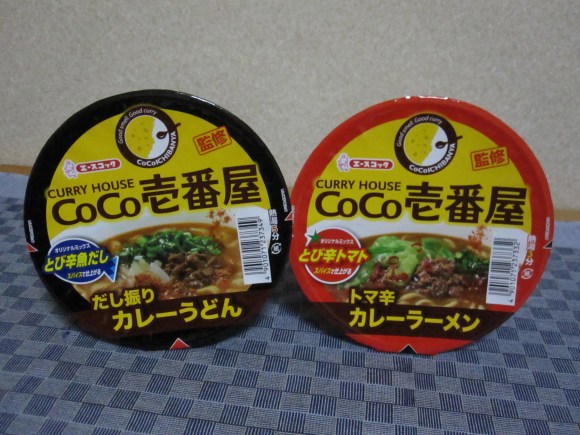
Ironically, two of Japan’s go-to choices for a hot, satisfying meal came from overseas. Ramen is Chinese in origin, and curry came to Japan from India via contact with the British Navy.
Deciding between the two dishes can be a difficult task, which is where curry ramen, noodles floating in a curry broth, comes in. Until now, though, trying to have the best of both worlds meant giving up on the chance to eat the offerings of Japan’s most popular curry chain, CoCo Ichi. But with a new team-up between the beloved chain and instant noodle maker Ace Cook, not only can you dine on CoCo Ichi curry ramen and udon, but you don’t even have to leave the house to do so.
The two varieties don’t just use different types of noodles, but differently flavored broths as well. For ramen lovers, there’s the Tomakara Curry Ramen, with tomato accents, whereas the Dashiburi Curry Udon uses bonito stock and broader noodles. At just 146 yen (US$1.40) each they’re extremely affordable, while at the same time quite a bit bigger than an ordinary cup of instant noodles.
We decided to start with the udon, figuring we’d save the more heavily flavored tomato ramen for later. The package comes festooned with the CoCo Ichi logo, as well as the restaurant’s slogan, “Good smell. Good curry.”
▼ Always more welcome to our tongues and noses than “Bad smell. Good natto.”
Surprisingly, the instructions deviate from the near-universal three-minutes usually required to cook cup ramen, instead indicating to let the noodles steep for five minutes. In light of this, we feel the term “instant udon” is a bit of a misnomer, and feel they should instead be classified as, “they’ll-still-be-ready-before-you-can-actually-cook-anything-else-udon.”
We peeled back the cover, taking care not to go past the marked red arrow. Inside we found three packets, one with the broth powder, another with toppings of green onions and small flakes of meat, and a third with additional spices.
▼ Clockwise from top: Toppings, broth powder, spices
As per the directions, we started by pouring in the toppings. Next up was the broth powder. As expected, the bonito stock lent it a bit of a fish-like aroma, but it mainly smells like curry powder.
Now it was time to add the hot water and enjoy an extra two-minutes of self-contemplation as we waited for the noodles to cook.
▼ Five minutes later
Once they were ready, it was time for the final step, adding the contents of the extra spice pouch, which were essentially the cayenne-pepper like shichimi, which is a popular condiment for udon.
Visually, there’s not a whole lot going on with the curry udon’s final form. The little flakes of meat from the topping packet seemed to have completely dissolved. In terms of smell, though, there was no mistaking this for ordinary udon, as peeling off the cover filled the room with the scent of curry. We grabbed a mouthful of noodles with our chopsticks and took a bite.
If you’re looking for spiciness, you won’t be disappointed, as it’s definitely present, although it hits more at the top of the throat than the mouth or tongue.
The bonito flavor isn’t quite as pronounced as we’d imagined after taking a whiff of the broth powder, but it’s still there. Unfortunately, the broth doesn’t really have much in the way of the rich sweetness that makes the curry at CoCo Ichi’s restaurants such a crowd pleaser. In its place, there’s a lot of saltiness, which makes the CoCo Ichi curry udon taste a little more like what you’d expect from a less distinguished curry maker.
Setting aside the question of whether or not they live up to their pedigree, though, it was still a tasty bowl of udon, and before long we’d polished off all of our noodles.
Now it was time for round two, the spicy tomato ramen. In contrast to the flat udon, this uses very thin cylindrical noodles.
Once again, there are three packets inside the bowl. In addition to the green onions and meat, the spicy tomato topping pouch also includes a bit of cabbage and red pepper. Without the fish stock, the scent of the broth powder here is all about the spices, with cumin and anise-like notes.
▼ The ramen only takes three minutes, so if you’re looking to maximize your eating efficiency, this is the way to go.
The spice pack here is a mix of chili and tomato, with the latter giving it just a touch of tanginess. We say “just a touch” because it was hard to notice it while the spiciness of the broth was assaulting the bottom of our tongue and the roof of our mouth. The CoCo Ichi curry ramen is easily twice as fiery as the udon, and while once again we didn’t taste anything particularly evocative of how the restaurant ordinarily prepares its signature dish, the level of spice here made sure we wouldn’t forget the ramen’s flavor anytime soon.
As a matter of fact, it’s so spicy that it creates a bit of a problem. For many ramen fans, polishing off the broth after eating all the noodles puts a joyous period on their dining experience, but without any starches to counteract all that spice, we now had two containers of leftover broth.
Of course, the other way of looking at this was that we now had two tubs of curry. Since it’d be a waste to dump them both down the drain, we decided to bust out our rice cooker and remix our dinner.
Really, we’re surprised at the oversight by CoCo Ichi and Ace Cook’s marketing department in forgetting to tell us that each cup of curry ramen or udon also comes with half of the ingredients for a cheap bowl of curry rice.
Photos: RocketNews24

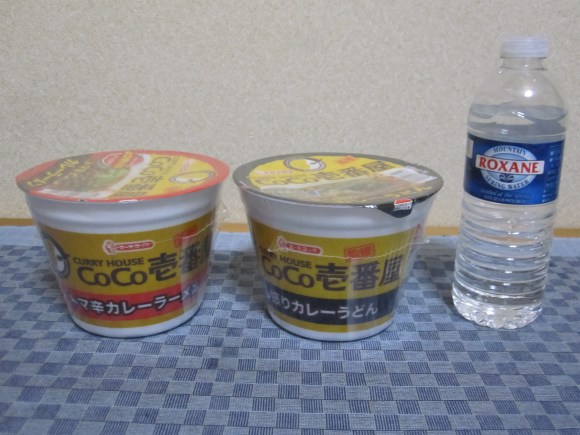
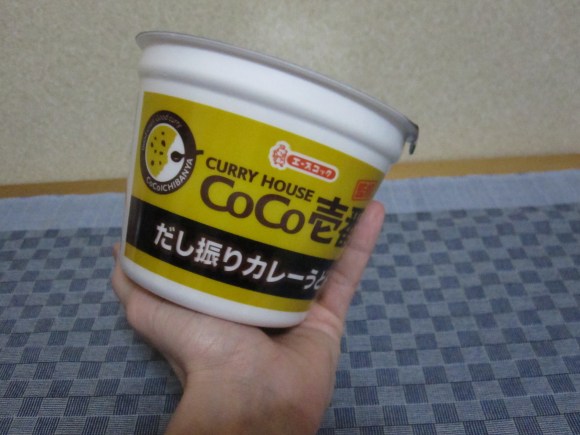
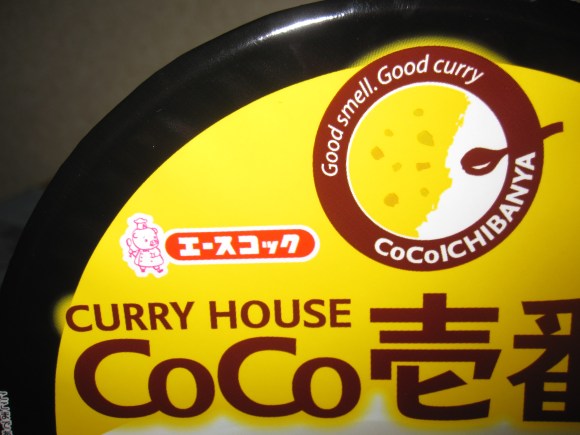
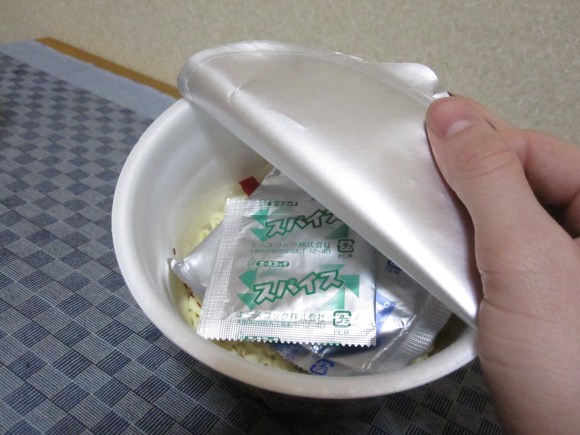
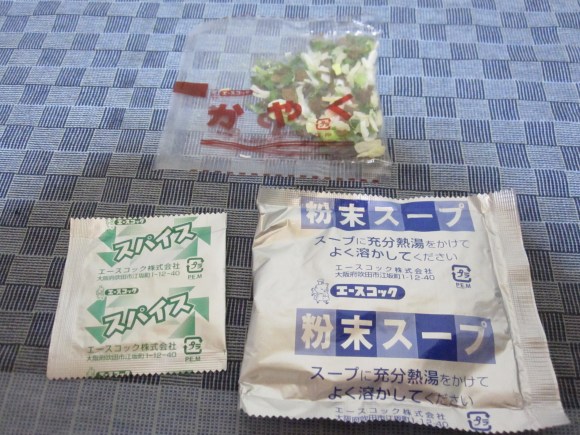
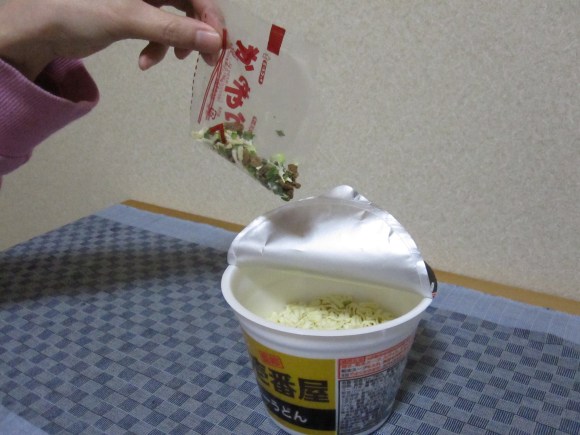
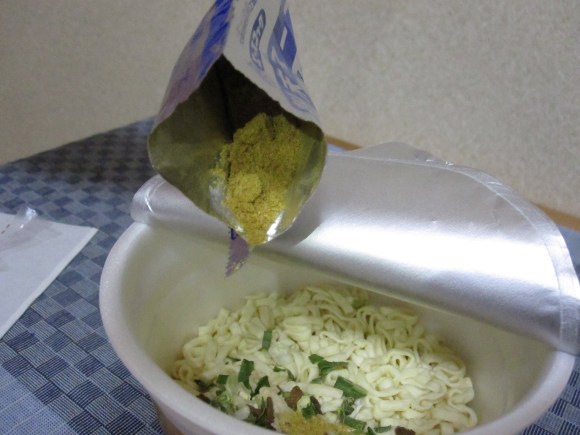
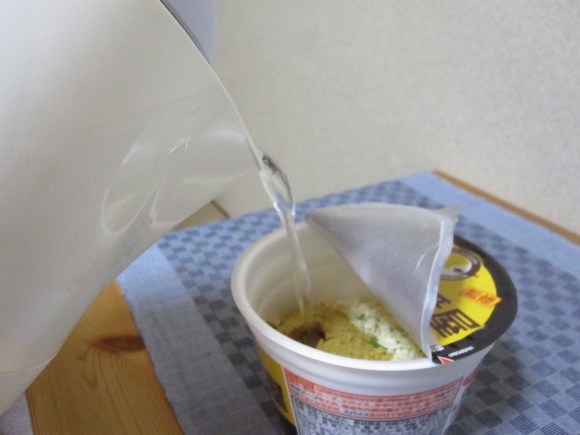
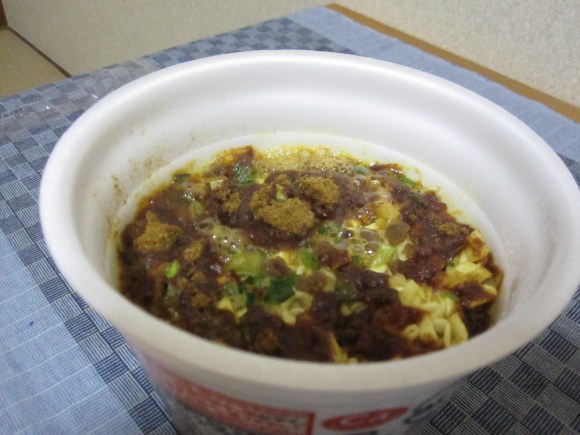
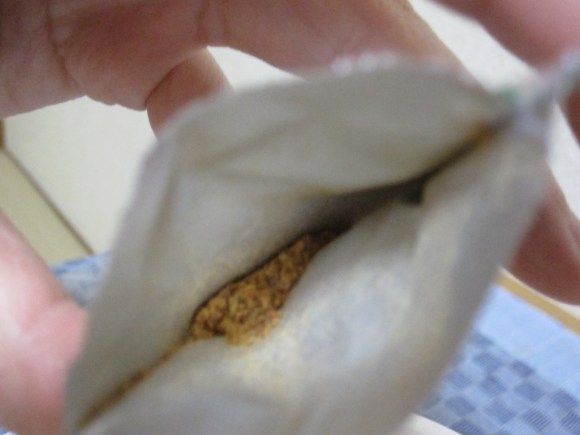
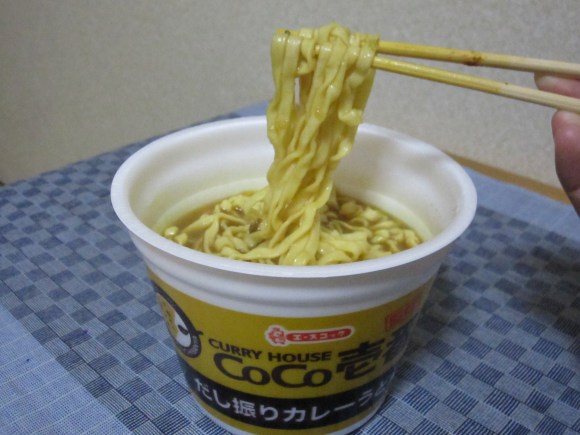
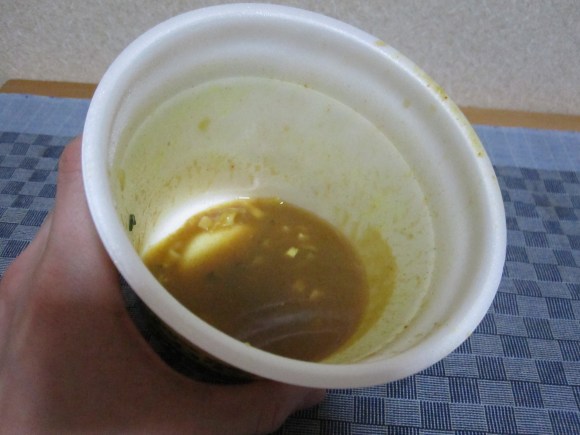
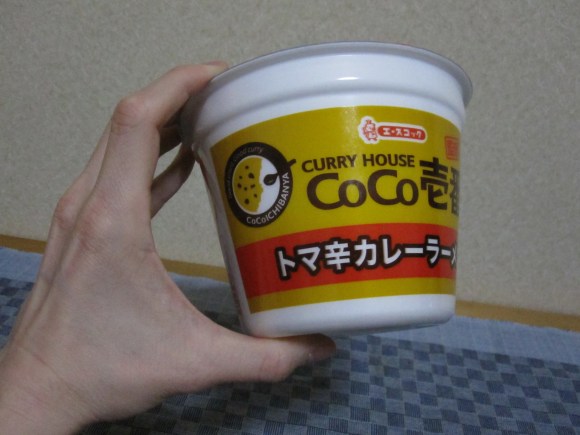
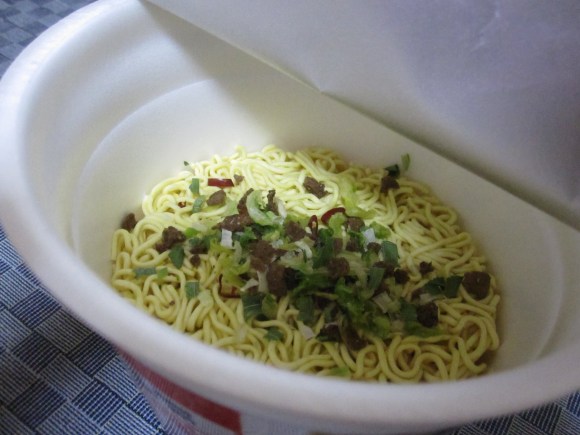
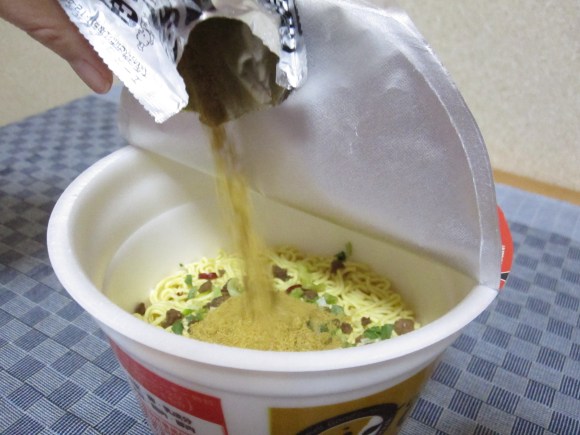
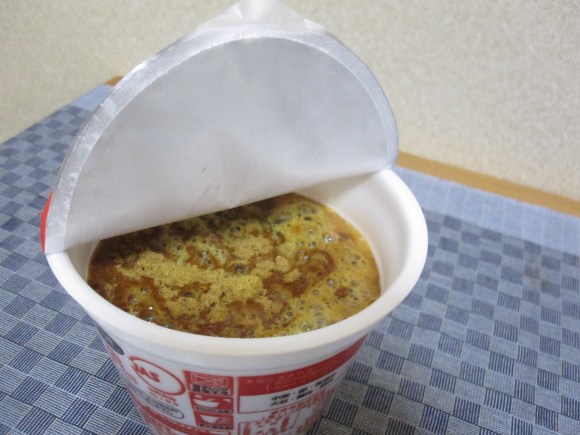
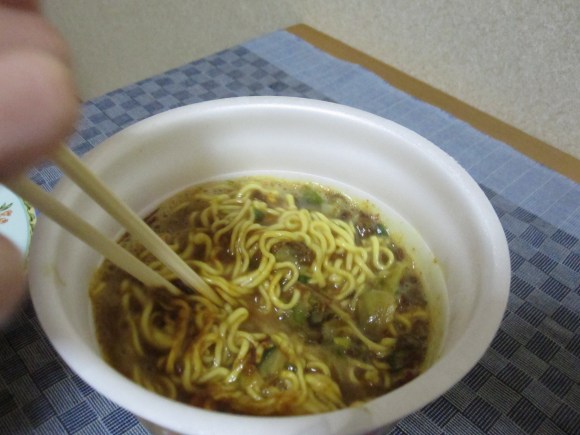
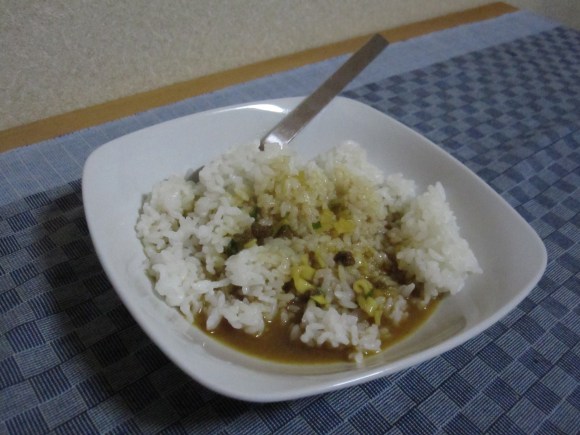
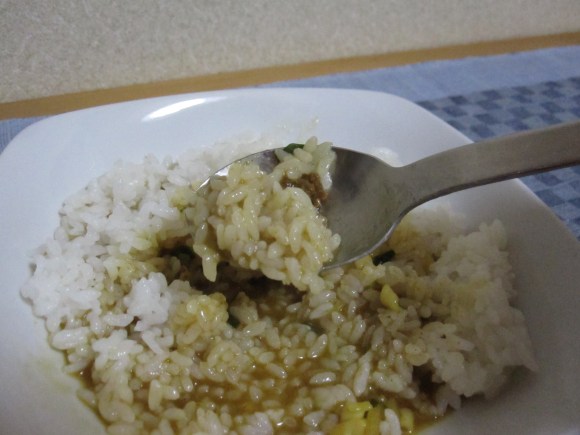
 Japan’s favorite curry rice restaurant teams up with convenience store for Super Spicy Curry Buns
Japan’s favorite curry rice restaurant teams up with convenience store for Super Spicy Curry Buns Japan’s biggest curry chain now offers a true vegetarian curry
Japan’s biggest curry chain now offers a true vegetarian curry Mr. Sato goes halal at new CoCo Ichibanya that caters to Muslim diners
Mr. Sato goes halal at new CoCo Ichibanya that caters to Muslim diners The top 10 most popular instant noodle brands at the start of 2021
The top 10 most popular instant noodle brands at the start of 2021 Popcorn shrimp udon, as in noodles with popcorn and shrimp, now on the menu in Tokyo【Taste test】
Popcorn shrimp udon, as in noodles with popcorn and shrimp, now on the menu in Tokyo【Taste test】 Red light district sushi restaurant in Tokyo shows us just how wrong we were about it
Red light district sushi restaurant in Tokyo shows us just how wrong we were about it Pokémon Sleep camping suite and guestrooms coming to Tokyo Hyatt along with giant Snorlax burgers
Pokémon Sleep camping suite and guestrooms coming to Tokyo Hyatt along with giant Snorlax burgers Beautiful Red and Blue Star luxury trains set to be Japan’s new Hokkaido travel stars
Beautiful Red and Blue Star luxury trains set to be Japan’s new Hokkaido travel stars Akihabara pop-up shop sells goods made by Japanese prison inmates
Akihabara pop-up shop sells goods made by Japanese prison inmates Starbucks Japan adds a Motto Frappuccino to the menu for a limited time
Starbucks Japan adds a Motto Frappuccino to the menu for a limited time Anime girl English teacher Ellen-sensei becomes VTuber/VVTUber and NFT
Anime girl English teacher Ellen-sensei becomes VTuber/VVTUber and NFT Tokyo Tsukiji fish market site to be redeveloped with 50,000-seat stadium, hotel, shopping center
Tokyo Tsukiji fish market site to be redeveloped with 50,000-seat stadium, hotel, shopping center McDonald’s new Happy Meals offer up cute and practical Sanrio lifestyle goods
McDonald’s new Happy Meals offer up cute and practical Sanrio lifestyle goods French Fries Bread in Tokyo’s Shibuya becomes a hit on social media
French Fries Bread in Tokyo’s Shibuya becomes a hit on social media All-you-can-drink Starbucks and amazing views part of Tokyo’s new 170 meter-high sky lounge
All-you-can-drink Starbucks and amazing views part of Tokyo’s new 170 meter-high sky lounge More foreign tourists than ever before in history visited Japan last month
More foreign tourists than ever before in history visited Japan last month Japanese ramen restaurants under pressure from new yen banknotes
Japanese ramen restaurants under pressure from new yen banknotes Studio Ghibli releases new action figures featuring Nausicaä of the Valley of the Wind characters
Studio Ghibli releases new action figures featuring Nausicaä of the Valley of the Wind characters New private rooms on Tokaido Shinkansen change the way we travel from Tokyo to Kyoto
New private rooms on Tokaido Shinkansen change the way we travel from Tokyo to Kyoto Starbucks reopens at Shibuya Scramble Crossing with new look and design concept
Starbucks reopens at Shibuya Scramble Crossing with new look and design concept Studio Ghibli glasses cases let anime characters keep an eye on your spectacles
Studio Ghibli glasses cases let anime characters keep an eye on your spectacles Beautiful Ghibli sealing wax kits let you create accessories and elegant letter decorations【Pics】
Beautiful Ghibli sealing wax kits let you create accessories and elegant letter decorations【Pics】 Studio Ghibli releases Kiki’s Delivery Service chocolate cake pouches in Japan
Studio Ghibli releases Kiki’s Delivery Service chocolate cake pouches in Japan New definition of “Japanese whiskey” goes into effect to prevent fakes from fooling overseas buyers
New definition of “Japanese whiskey” goes into effect to prevent fakes from fooling overseas buyers Our Japanese reporter visits Costco in the U.S., finds super American and very Japanese things
Our Japanese reporter visits Costco in the U.S., finds super American and very Japanese things Studio Ghibli unveils Mother’s Day gift set that captures the love in My Neighbour Totoro
Studio Ghibli unveils Mother’s Day gift set that captures the love in My Neighbour Totoro New Japanese KitKat flavour stars Sanrio characters, including Hello Kitty
New Japanese KitKat flavour stars Sanrio characters, including Hello Kitty New Pokémon cakes let you eat your way through Pikachu and all the Eevee evolutions
New Pokémon cakes let you eat your way through Pikachu and all the Eevee evolutions Disney princesses get official manga makeovers for Manga Princess Cafe opening in Tokyo
Disney princesses get official manga makeovers for Manga Princess Cafe opening in Tokyo Sales of Japan’s most convenient train ticket/shopping payment cards suspended indefinitely
Sales of Japan’s most convenient train ticket/shopping payment cards suspended indefinitely Sold-out Studio Ghibli desktop humidifiers are back so Totoro can help you through the dry season
Sold-out Studio Ghibli desktop humidifiers are back so Totoro can help you through the dry season Japanese government to make first change to romanization spelling rules since the 1950s
Japanese government to make first change to romanization spelling rules since the 1950s Ghibli founders Toshio Suzuki and Hayao Miyazaki contribute to Japanese whisky Totoro label design
Ghibli founders Toshio Suzuki and Hayao Miyazaki contribute to Japanese whisky Totoro label design Doraemon found buried at sea as scene from 1993 anime becomes real life【Photos】
Doraemon found buried at sea as scene from 1993 anime becomes real life【Photos】 Tokyo’s most famous Starbucks is closed
Tokyo’s most famous Starbucks is closed One Piece characters’ nationalities revealed, but fans have mixed opinions
One Piece characters’ nationalities revealed, but fans have mixed opinions We asked a Uniqlo employee what four things we should buy and their suggestions didn’t disappoint
We asked a Uniqlo employee what four things we should buy and their suggestions didn’t disappoint Princesses, fruits, and blacksmiths: Study reveals the 30 most unusual family names in Japan
Princesses, fruits, and blacksmiths: Study reveals the 30 most unusual family names in Japan How to turn your leftover instant ramen broth into delicious chawanmushi Japanese egg custard
How to turn your leftover instant ramen broth into delicious chawanmushi Japanese egg custard No time to cook? No problem! Three easy ways to improve instant curry
No time to cook? No problem! Three easy ways to improve instant curry Survey ranks the most popular Japanese curry dishes during winter
Survey ranks the most popular Japanese curry dishes during winter We spice up our fermented soybeans with curry powder flavored natto【Taste Test】
We spice up our fermented soybeans with curry powder flavored natto【Taste Test】 Pitch-black Black Belt udon noodles are a visual roundhouse, but do they taste good?【Taste test】
Pitch-black Black Belt udon noodles are a visual roundhouse, but do they taste good?【Taste test】 Nissin releases new Gaming Cup Noodle in Japan, with caffeine to keep you gaming all night long
Nissin releases new Gaming Cup Noodle in Japan, with caffeine to keep you gaming all night long What does vegan ramen taste like? We try Veggie Brown Rice Ramen
What does vegan ramen taste like? We try Veggie Brown Rice Ramen Curry for breakfast! Coco Ichibanya, Japan’s favorite curry chain, now has awesome morning sets
Curry for breakfast! Coco Ichibanya, Japan’s favorite curry chain, now has awesome morning sets Japan’s most popular curry chain now has vegan soup curry, and it’s delicious【Taste test】
Japan’s most popular curry chain now has vegan soup curry, and it’s delicious【Taste test】 Cold curry? Mujirushi makes one of our favorite hot meals chilly, but does that make it good?
Cold curry? Mujirushi makes one of our favorite hot meals chilly, but does that make it good? Cup Noodle vs 7-Eleven! We test their new scorching instant ramen cups to see who beats at heat
Cup Noodle vs 7-Eleven! We test their new scorching instant ramen cups to see who beats at heat Japanese curry chain becomes a hot topic with foreigners on Reddit, but is it any good?
Japanese curry chain becomes a hot topic with foreigners on Reddit, but is it any good? CoCo Ichi hamburger steak curry for vegetarians? Taste-testing the meatless option in Taiwan
CoCo Ichi hamburger steak curry for vegetarians? Taste-testing the meatless option in Taiwan In celebration of Curry Bread Day, we find out which convenience store has the best curry bread【Taste Test】
In celebration of Curry Bread Day, we find out which convenience store has the best curry bread【Taste Test】 2021’s top stories in Japanese food and cooking news【SoraNews24 Year in Review】
2021’s top stories in Japanese food and cooking news【SoraNews24 Year in Review】
Leave a Reply